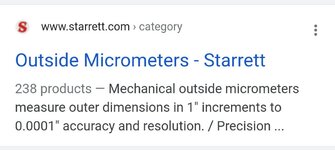- Messages
- 181
- Reactions
- 120
I went through similar groups with 6.5 creedmore 140g Berger hybrids. I Kept getting flingers and wasn't getting the groups I knew the rifle was capable of. I did .5 increments and then took my best 2 groups and did a +\- of .2. Still didn't get the results I wanted. Then I seated the bullets deeper and started over and nailed it. 3 bullet holes touching each other and very consistent with the velocities.














